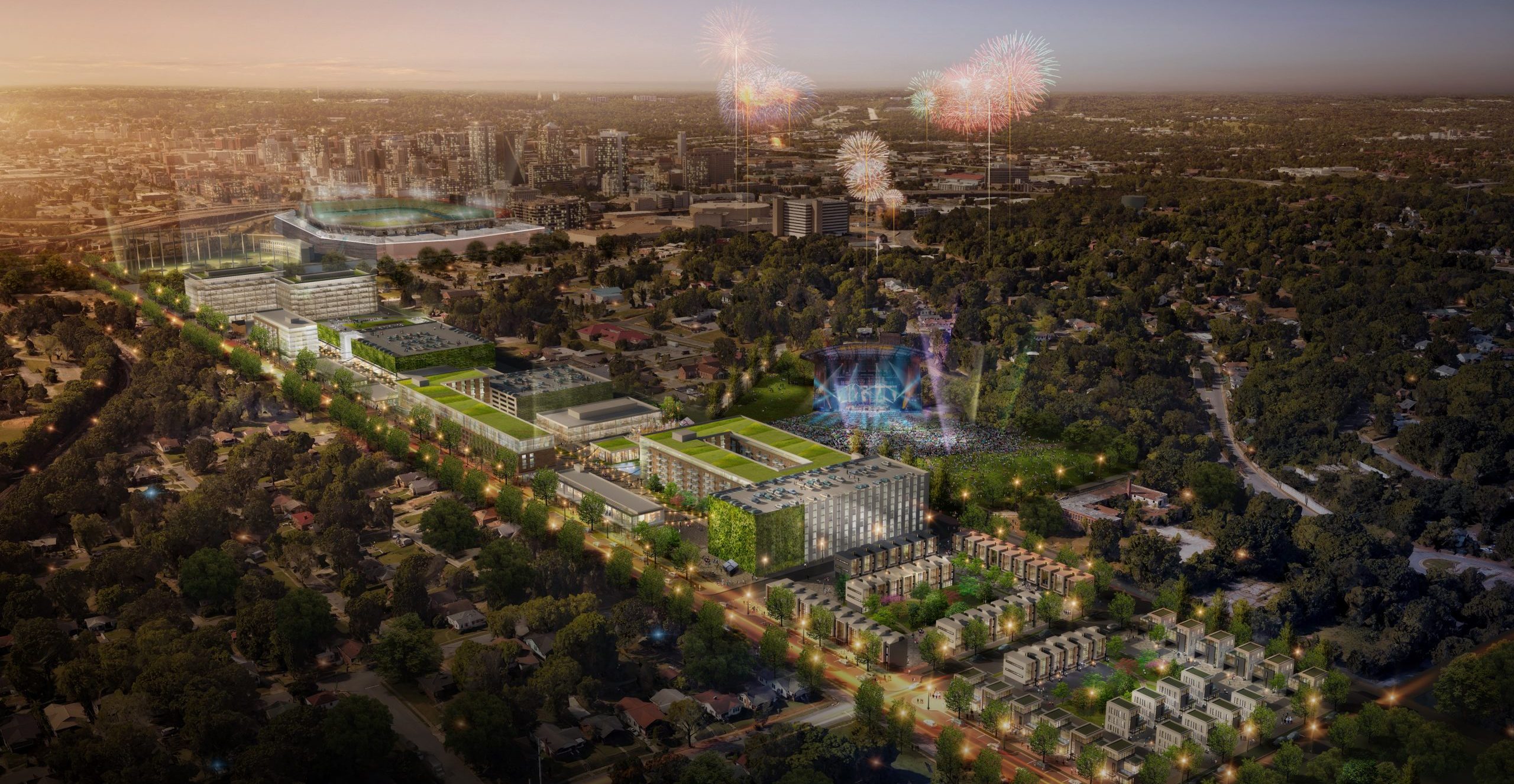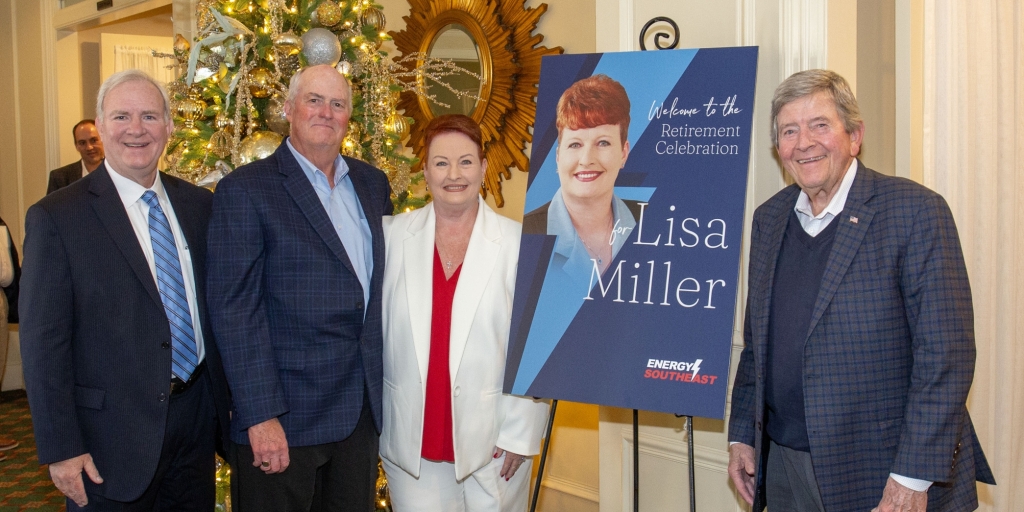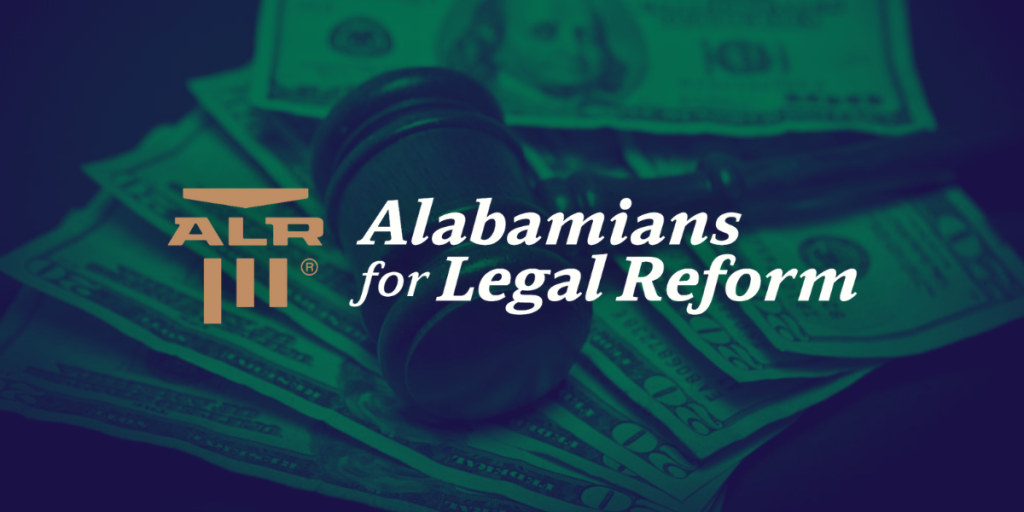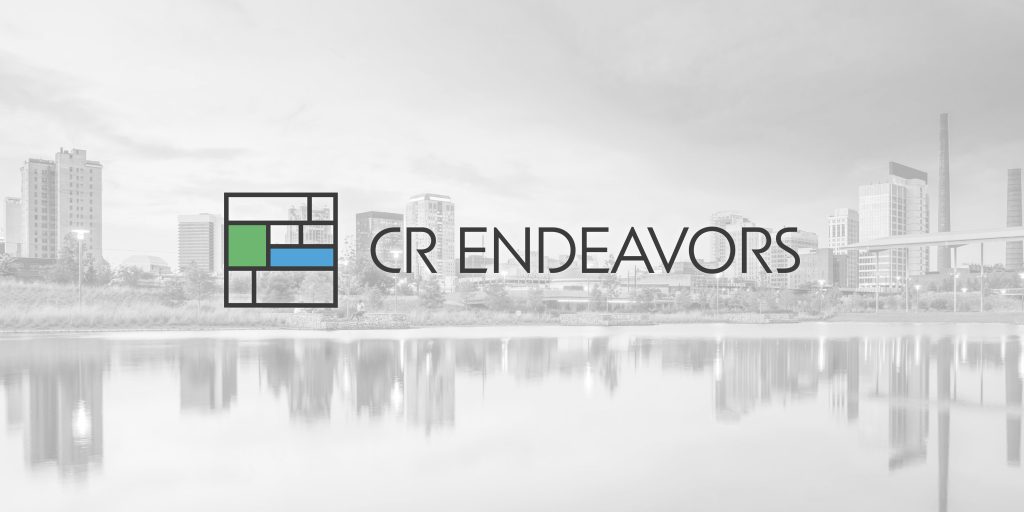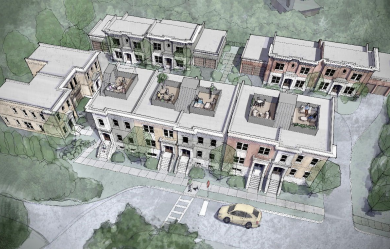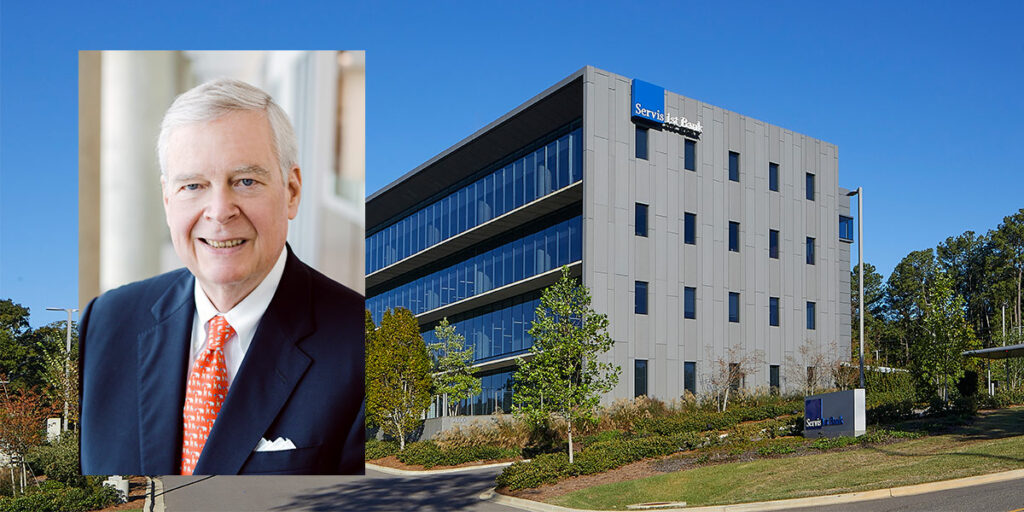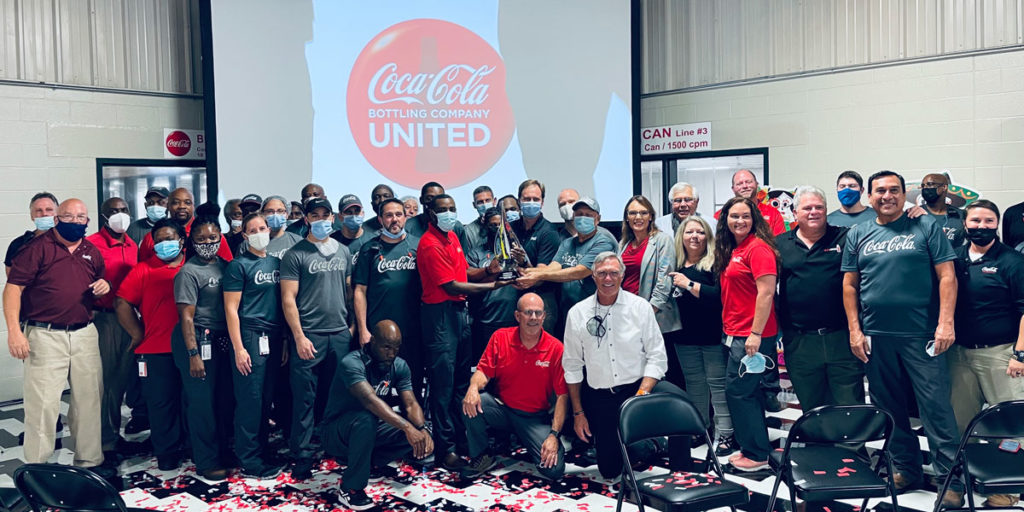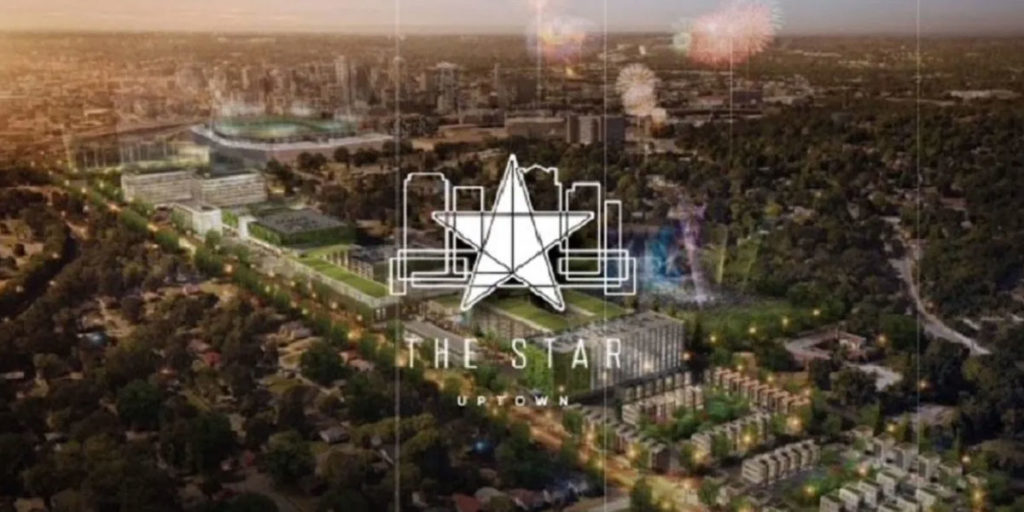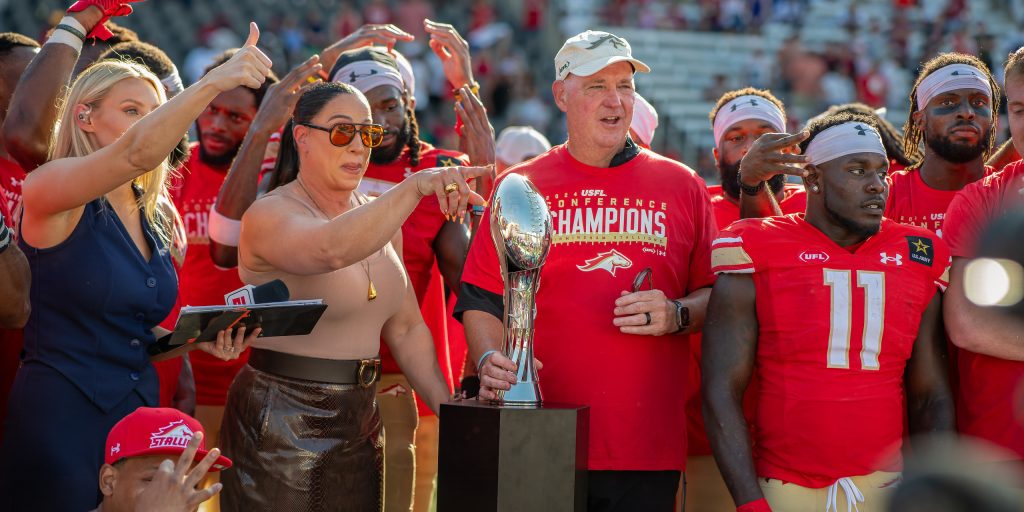Ground was officially broken last week on a new amphitheater for Birmingham at an event with city leaders and development partners excited for the vision to become a reality. On track to host its opening act about one year from now, the amphitheater will be the anchor for The Star Uptown, a mixed-use development on the former site of Carraway Hospital.
The amphitheater itself, owned by the Birmingham Jefferson Convention Complex (BJCC) and managed by Live Nation, will seat 9,400 fans, host more than 20 summer concerts, and is set to become the most modern iteration of a venue style that dates back thousands of years.
But the project is much more than a venue. The Star at Midtown promises to ignite for North Birmingham what Robert Simon’s vision for Railroad Park ignited for Regions Field and the catalyst of neighboring growth.
“These are legacy projects that move the city,” he told Yellowhammer News in a sit-down interview last week. As fan of live music to the core, he shared new details about the amphitheater that will excite artists and fans alike. “Some people deer hunt – I go see live music. That’s my affinity for this particular project. I love live music.”
After decades of experience dealing with them as development partners and friends, Simon articulated how Birmingham’s business community is generous and dynamic. Both Coke and Pepsi, Regions and ServiceFirst, and mainstays of the city’s skyline, “even when they’re in competition with each other – they come together for Birmingham,” he said.
Yellowhammer News: Walk us through some of the design choices that promise to evolve and enhance the fan experience when they go see a concert at the amphitheater?
Robert Simon: “The fun thing about the whole concept of urban anchor is to draw people in, whether it’s a park or a ballpark – or an amphitheater. You’re changing drive patterns, you’re bringing people to a location, like Railroad Park, the Barons Region Field, now, the amphitheater.
It’s really unique in the sense that you’re changing the pattern of hundreds of thousands of people that are going to come to an area that they otherwise wouldn’t go to. As it relates to the Railroad Park and Regions Field, when we looked at the Railroad Park and its impact, and subsequent to that Regions Field, the impacted area that we looked at was from I-65 to U.S. 280/31 from 4th Avenue North to 4th Avenue South. That was our immediate impact. And so, from an economic development standpoint, that’s what we studied. And we thought that we would do a billion dollars worth of development in that area in 20 years.
It turned out, there was a billion dollars worth of development done in about seven. From an economic impact perspective, that’s huge.
We feel the same way about what we’re doing in North Birmingham and the opportunity to come in behind the interstate project, which was roughly a billion dollars to come in behind Protective Stadium, that was $175-200 million, and Legacy Arena and its impact, $75-100 million. That’s a lot of infrastructure put in place.
So now, we’re coming in with mixed use development. We’re cleaning up blight. And the urban anchor is going to be the amphitheater. We have parking associated with the old hospital, we’re going to reconstitute that.
So, the ‘What’ becomes the real question.
Working with Live Nation, looking at the market, trying to make sure that the market is suitable for the building that you’re building is really important. We settled on 9,400 seats, give or take.
Some people would say, ‘Well, you know, that’s a few hundred less than Oak Mountain [Amphitheater]’. Well, the reality is, is the way that the tours work, and the artist, what they want in a building and the fan experience, and all those things really feel comfortable with that number.
Generator Studio, who’s the architect on this project – they do these venues.
This particular venue, historically, if you think about amphitheaters, and I’m going back 1,000 years. They look like a fan. They went from one side to the other just like a fan. Today, if you’ve ever unfortunately had that side seat, on the far right or the far left, you really didn’t have a good view. The amphitheater that we’re building here has the shape of a guitar pick. It goes up, and it goes around, so you don’t have that wide breadth. The benefit of that is both the fan experience, sightlines, sound quality and sound attenuation.
With sound attenuation, you know, amphitheaters are going to host musical acts and they’re still nine-decibel sound. But the way that we experienced sound today versus the way we experienced sound in the 70s, where they put the PA system on the stage and blasted it towards you, and the guy on the front row can’t hear it anymore. That’s gone.
The quality of the sound is different, the sound attenuation is different, and so the fan experience is different. You couple the fan experience, the sound, and the quality of the seating – and now you have something that an artist wants to play.
You know, Live Nation is the largest promoter in the world with musical talent. They have a lot of data. And so we’re able to tap into that data, and really give that unique blend of the fan experience and the artists experience. So if you’re an A+ act, you’re selling out the building. That’s no problem. Dave Matthews, Kenny Chesney – sold out.
If you’re an emerging artist and you can’t sell out 9,400 seats, but you can sell 4,500 seats, you want it to feel right. They call it dressing the room. So the room wants to be dressed, it wants to feel good, it wants to be intimate. And so we’re going to be able to create an intimate experience. I think you’ll see a more expansive perspective of that.
The experience is going to be huge. The fan experience from the time that you get to the site – and when I say the site – I’m talking about The Star. When you get to the site, you’re going to have a lot of unique experiences: You’re going to have quality place to park, you’re gonna have activity there, there’s going to be flexibility in The Star, so that you can go and show up at five o’clock and hang out, have a good time, go into the building, have a great time, come out of the building, have a good time.
By virtue of the fact that there is a curfew at 11 o’clock, there’s still another hour or two of opportunity on certain nights that people are going to want to hang out and have fun. And we want them to do so in a healthy way. We want to make sure that they have fun.
If there’s a line to get beer, they’re not succeeding in what they want to do. We don’t want lines. We want a lot of opportunities to buy. They’ll have hundreds of points of sale. So, if you want a beer, there’s gonna be dedicated beer lines. If you want a hot dog and a beer, you can get a hot dog and a beer from a different stand. They’re really trying to make that opportunity a lot easier.
We’re in a digital age, it’s easier to keep up with, it’s a much easier transaction. As well as with the quality of the food and beverage – it’s a curated experience. Live Nation is the largest operator. They have all the data on fan experience. You’ll see them put that to great use here.
Yellowhammer News: What are your most memorable amphitheater experiences over the years that you want fans coming to Birmingham to have?
Robert Simon: “Some people deer hunt – I go see live music. That’s my affinity for this particular project. I love live music.
When I was probably too young to be able to be in a building, I went to the old Brothers Music Hall, which Tony Ruffino owned. And that’s how long I went back with Tony Ruffino. And he would say, ‘Simon, you’re going to act right, your friends can act right?’ And I said, ‘Yes, sir.’ He goes, ‘Okay, you’re good’. And so that was the beginning of a great relationship and really a love affair for mine with music. And that period of time was a great time for Birmingham.
As it relates to the amphitheater, I mean, we saw everybody from the Four Tops and the Temptations to INXS to REM to Dave Matthews, to Kenny Chesney, Stevie Ray Vaughan, Eric Clapton – we’ve just seen so many different people come through there – all memorable.
I think music is really the great connection.
There’s a community member in North Birmingham, Miss Freeman, and when we did our first charrette at the BJCC, she was sitting there and she had consternation. She’s been there for 30-40 years. So she and I talked and I told her what my vision was. And she told me what her concerns were, and she’s been a tremendous supporter of the overall project, not just the amphitheater, but the overall project. And I really give her a lot of credit.
I give the community a lot of credit, because to get a property, rezone, and to put the Q-conditions in place – we don’t have sound ordinances in Birmingham – but to come up with a package that was acceptable to the neighborhoods is amazing. Because the neighborhoods are our partners.
North Birmingham is Druid Hills, it’s Norwood, it’s Evergreen, and the people that live there, and the people that are going to come back and live there. That’s what we’re excited about, the people coming back.
They’re our partners and you’ve got to build that trust. Miss Freeman’s front door is right there and she’s gonna hear every show. I have no doubt she’ll be dancing.
It speaks to everybody. For 20 to 30 days a year, it’s going to be magical. And it’s going to bring people to Central Alabama. Birmingham, Alabama is defining itself right now.
Currently, we are not a convention city. And I don’t think we’re going to be. I think we’re going to be an entertainment city. I think we’re going to be a sports city. I think we’re going to be a food city. And I think our tourism is going to be based on having quality.
The partnership of Live Nation I think is a great partnership for the BJCC, the amphitheater is an exclusive relationship with the BJCC and Live Nation. But the BJCC has a lot of venues – they have a theater, they have a concert hall, they have an arena, they have a football stadium, they have an exhibition hall – now they’re going to have an amphitheater. So they’re going to control all the major entertainment venues in Central Alabama. I think that’s huge for Birmingham.
It’s been a while since I bought a concert t-shirt. But I always used to look at the t-shirts and recognize vividly that Birmingham was never on a t-shirt. And that’s because we were a mid market. We were getting somebody, Tony [Ruffino] was out there buying these acts, we weren’t getting the first run, they’re filling in the acts as they go. Birmingham was never on the back of the t-shirt and that always bothered me.
And that’s been one of my motivations: I want us on the back of the t-shirt. I want us on the first run of that tour. We’re not ‘Oh, by the way’ – sure, that’ll exist, that’s fine – but I want us to be on the plane.
If we can accomplish that, the economic impact of that is going to be huge for Birmingham. You’re gonna see the numbers. I urge anybody to keep up with those, because it’s going to be a spike like you’ve never seen.”
Yellowhammer News: This project has taken a lot of vision and boldness on everyone’s part. Is it in the muscle memory of some partners to support an ambitious project that tries to add something great to Birmingham?
Robert Simon: “Birmingham has always been at the top in per capita giving. For a city of its size, there’s a lot of giving that occurs here. There are a few people that do a lot of giving. I’m thrilled that those people step up. Protective Life is engaged in Birmingham. Legacy Arena is engaged in Birmingham and at the table. This is big. It’s a big deal. And we’re fortunate.
You’ve got Regions Bank, you’ve got the Alabama Power Company, you’ve got Coca-Cola, you have Buffalo Rock, you’ve got Red Diamond — we have great corporate citizens in Birmingham. They really do some significant, heavy lifting, when it comes to being supportive of these things. Even when they’re in competition with each other – they come together for Birmingham.
I love to see that for Birmingham.
We’ve been fortunate that, in order to do what we do, you’ve got to have people who get your vision. I rattled off some corporate partners, I’m gonna give a particular mention to ServisFirst Bank. Tom Broughton, his bank, has backed me for a long time. And his entrepreneurialism, in understanding that the quality of your borrower is based on — not only their word and their bond — but you got to believe in what the vision is.
He’s seen me do things that people scratch their head and say, ‘This guy’s crazy. That’s never gonna work.’ When we did the ballpark and we did a lot of the development, they have been there as a lender for us. They lend on a lot of projects in Birmingham. I have no doubt that I’ve influenced their willingness to lend because they recognize it’s a good place. They’re my bank as it relates to the Northside, Carraway, now, The Star project. I can’t say enough. You’ve got to have somebody who’s willing to go along with you. And them being a local bank, and us being local to this market and putting our handprint on this market to do these types of projects — which, money’s fine, and I hope we make money, I don’t want to lose money — but these are legacy projects that move the city.
And if we’re successful and we have continued success, when we’re done here, we’re gonna be able to look back and go, ‘Wow, I know what we’ve accomplished here where we’re sitting right now.’
Because the Railroad Park, the Regions Field, and the subsequent developments that have gone on around us — we didn’t do them all. We were the impetus to start. But we didn’t do them all.
What we want are good quality developers come into our city, getting on our back, and moving forward. Everybody kind of gets what they need. They may not always get what they want, but they get what they need: Market share. And I hope we do. I hope that what we do inspires another developer to come down the street and say, ‘I’m going to take that risk. I’m going to do that deal.’
If they do that, I think we’re better. The ‘keep it small, keep it all’ concept? Bad idea.
I want the pie to get bigger. Get your slice of a bigger pie. I guarantee you’re gonna have more of that pie than you did if you had the smaller pie and you had more of it. Just get your slice. Birmingham’s got to grow.”
Grayson Everett is the state and political editor for Yellowhammer News. You can follow him on Twitter @Grayson270




